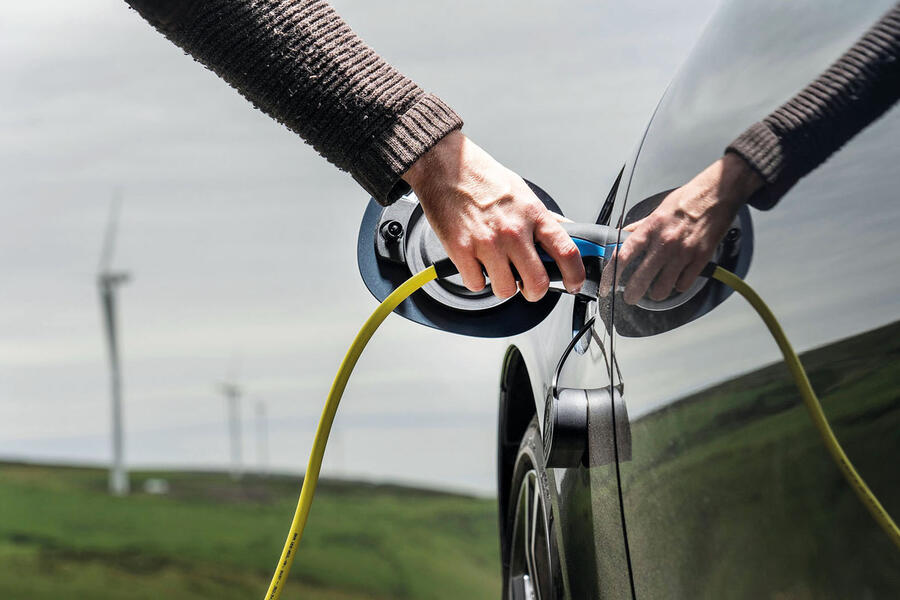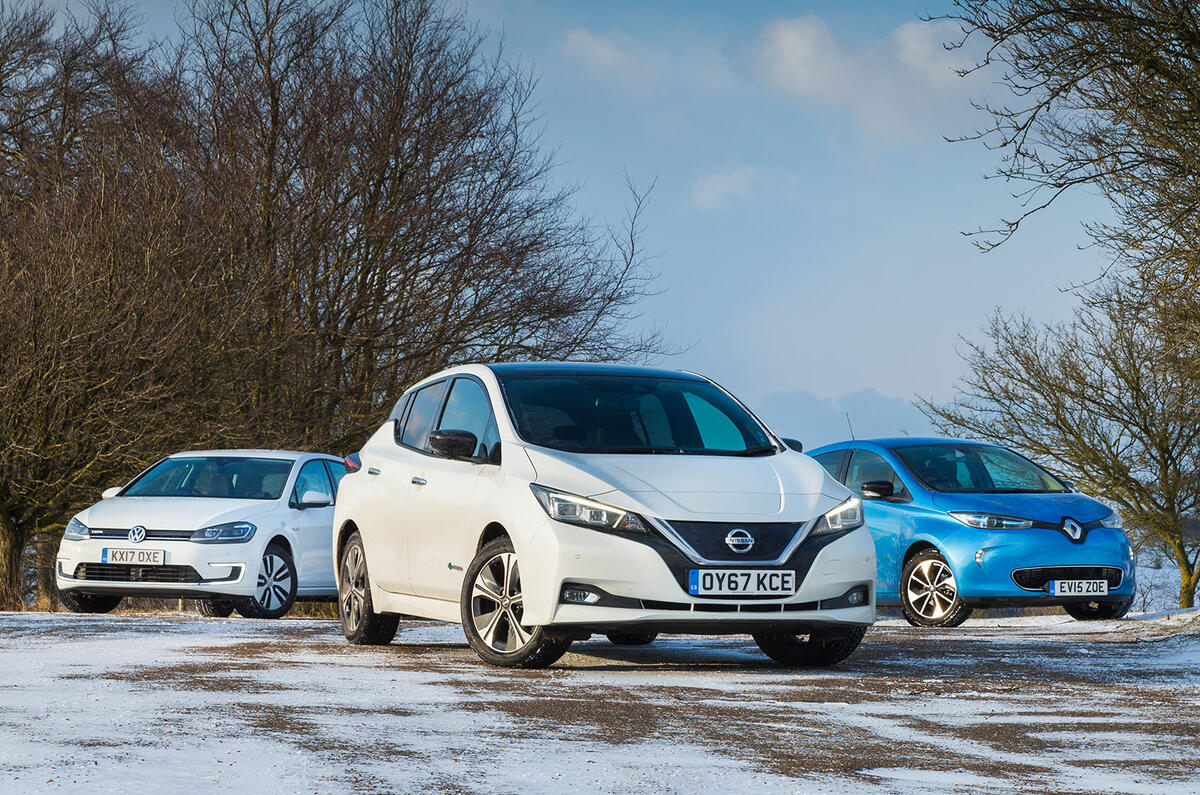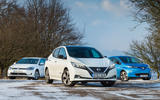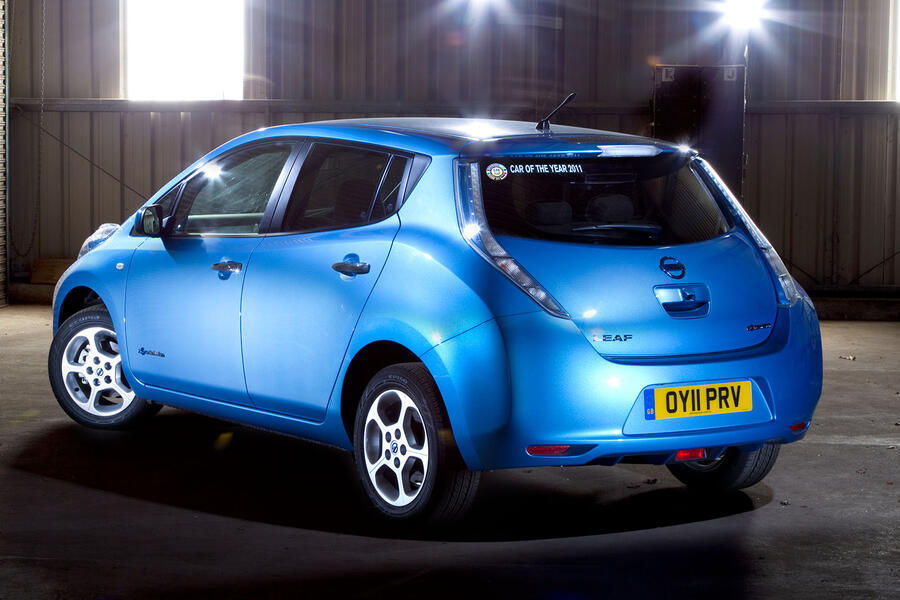Concerns are being raised about the usable lifespan of EVs, with specialist companies reporting some cars reaching ‘end of life’ battery capacity after just eight years – and some hitting that point even sooner.
Silver Power Systems (SPS), a specialist in battery performance analysis whose software tracks and monitors battery data and health, says it has observed wide variations in performance, especially within fleets.
“Across even a single fleet, variations in battery health can be up to 10%,” said Pete Bishop, founder and chief technology officer at SPS. “Considering that in most commercial applications, 80% battery capacity is deemed to be end of life in operational terms, 10% degradation represents half a vehicle’s life.”
However, the definition of what constitutes ‘end of life’ depends on how the vehicle is being used, as Liam Mifsud, programme manager at SPS, explained: “Someone operating a specialist vehicle will probably keep it for longer and not regard 80% as end of life. If they don’t drive far, a private vehicle owner may also be happy with that capacity. However, we’ve noticed that when a battery gets to 70%, it degrades more rapidly.”
SPS’s findings echo those of Geotab, a telematics provider. It also measures vehicle batteries’ state of health but goes further by publishing its findings in its Electric Vehicle Battery Degradation online tool.

Its data is based on 6300 fleet and consumer EVs, represented across 24 makes and models.
According to Geotab, average battery degradation over a six-and-a-half-year timeframe is 13.5%. Among those recorded by the tool are three model years of BMW i3, with the oldest, from 2017, recording a battery degradation figure of 16% after a little less than three years.











Join the debate
Add your comment
As an only car in HH, clearly it's useless. But in my multi car household it does all of the town trips, e.g. school run 4 miles each way twice a day. So despite being the cheapest and "worst car" (on paper) in the HH, it actually covers the most miles per year because its fitness for purpose for most of my journeys is perfect. 16-25 miles a day, rarely over 40mph.
I will have a decision to make on what to do with it when the battery degrades further. I could lease something like a VW e-Up which would cost £6k over 2 years with nothing to show for it at the end. Or I could buy a new battery pack for similar money and massively extend the life of the Ion (doubling its original range too!). Everything works, it's fun to drive, the Up et al seem very boring and conventional in comparison.
A very click bait headline with a very click bait first paragraph that is simply not borne out by the rest of the article which, from several of the comments here, simply hasn't been read. Headline and first paragraph doing its job then, it seems.
Jesus Chrsit! Even someone that is among others trying to build a supply chain in the recylcing and reuse of old EVs, states that EV batteries are lasting longer than anyone expected, and things will improve.
That's the problem with this debate and the ICE fetishists that simply can't let go. People approach it as if everything stays the same, which explains the wilful misinterpresting of what Bol wrote...because to acknowledge that 10 year old tech still has some life in it, relative to what it started with, even after 6 figure mileage, is to acknowledge, in fact, how far things move on over time.
Unless, of course, every 6 litre engine, now, outputs the same as a 6 litre engine from 100 years ago...with the same fuel consumption.
Don't touch a second hand BEV with a bargepole - noted.
And yet Telsa model 3, amongst other BEV's, residual value are superb. Noted.